Let’s Start the Chakra Balancing Journey
I’ll be honest, when I first heard about chakra balancing, it all sounded a little too mystical for my taste. Energy centers? Really? But after sticking with the practice for a few months, I found something genuinely calming about it. Whether you’re a bit skeptical or already leaning into spiritual wellness, this beginner-friendly guide will walk you through the essentials of chakra balancing.
What Are Chakras, Anyway?
Think of chakras as spinning wheels of energy within your body. The word “chakra” comes from Sanskrit, meaning “wheel” or “disk.” There are seven main energy centers, each linked to different physical, emotional, and spiritual parts of you. It might sound abstract at first, but stay with me.
These energy points run from the base of your spine to the crown of your head. When they’re balanced and flowing, you may feel more grounded, confident, and emotionally steady. When they’re blocked or overactive, you might notice things feeling a bit off.
Here’s a quick intro to each of the seven chakras:
- Root Chakra (Muladhara) – Located at the base of your spine. It’s about stability and feeling secure. When balanced, you feel grounded and supported. When out of alignment, you may feel anxious, disconnected, or uncertain about your place in the world.
- Sacral Chakra (Svadhisthana) – Just below the navel. This one’s tied to creativity, emotional flow, and sensuality. A balanced sacral chakra makes space for joy, pleasure, and fluid expression. When it’s blocked, you might feel creatively stuck, emotionally numb, or out of touch with your desires.
- Solar Plexus Chakra (Manipura) – Around your stomach area. It connects to your personal power and confidence. This is the fire center, where motivation and willpower live. Imbalances can show up as self-doubt, procrastination, or even digestive issues.
- Heart Chakra (Anahata) – Center of your chest. This is the home of love, compassion, and connection. When this chakra is open, you feel connected, generous, and forgiving. When it’s closed off, you might struggle with vulnerability or carry emotional weight that’s hard to release.
- Throat Chakra (Vishuddha) – At your throat. It governs honest communication and self-expression. A blocked throat chakra can lead to holding things in, fear of speaking up, or feeling misunderstood. When clear, this chakra helps you say what you mean with confidence and clarity.
- Third Eye Chakra (Ajna) – Between your eyebrows. It’s all about intuition and clarity. This is your inner compass. When balanced, you feel more in tune with your instincts and are better able to trust your gut. An overactive third eye, though, can lead to overthinking or mental fog.
- Crown Chakra (Sahasrara) – Top of the head. This connects you to spiritual awareness and higher consciousness. A balanced crown chakra doesn’t mean you’re floating off into space—it’s more about feeling deeply connected to life and something greater than yourself.
Signs Your Chakras Might Be Out of Balance
Let’s get practical. You don’t have to be super spiritual to notice when your energy feels off. Chakra imbalances can show up in all kinds of ways—emotionally, physically, or even through repetitive thought patterns.
For example:
- Root chakra imbalance might look like ongoing anxiety, money worries, or a deep sense of restlessness.
- Sacral chakra issues could show up as a lack of creativity, emotional disconnection, or sexual frustration.
- Solar plexus imbalance often appears as imposter syndrome, low energy, or constant indecision.
- Heart chakra blocks might manifest as holding grudges, feeling lonely even around people, or being afraid to open up.
- Throat chakra problems can be as simple as biting your tongue in meetings or having a lump-in-the-throat sensation when you need to speak up.
- Third eye imbalances may feel like mental fog, difficulty trusting yourself, or being stuck in over-analysis mode.
- Crown chakra disconnection might show up as apathy, cynicism, or feeling like you’re drifting without a bigger purpose.
None of these mean something is “wrong” with you. They’re simply signals—gentle nudges from your body and energy field that it’s time to tune in and reset.
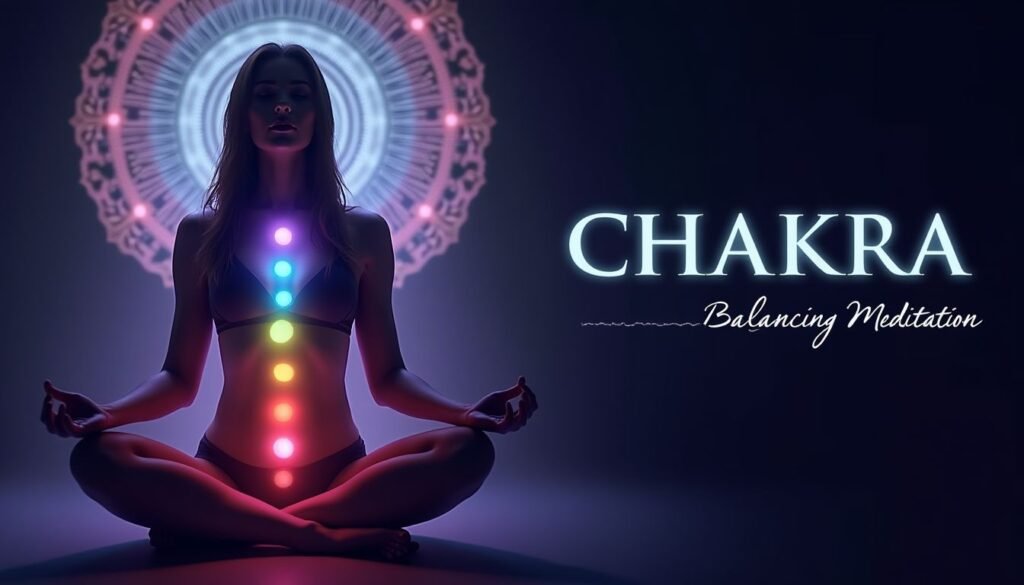
Getting Started with Chakra Balancing
You don’t need to overhaul your life or buy a bunch of gear to get started. Chakra work is personal, and the best part is that you can make it your own.
Meditation and Visualization
One of the simplest ways to work with your chakras is through guided or self-led meditation. Sit quietly, breathe deeply, and visualize each chakra one by one. Picture them as glowing, spinning wheels of light in their specific colors. Let each one come into focus, then gently move on to the next.
I like to start at the root and move up to the crown, spending about five minutes on each chakra. If one feels blocked, I’ll stay there a bit longer and breathe into it. The goal isn’t to force anything—it’s just to notice, observe, and create space.
If you prefer structure, there are plenty of chakra meditations available online. Or you can create your own by focusing on each color, imagining warmth and flow moving through your body.
Breathing Techniques
Never underestimate the power of a few deep breaths. Intentional breathing helps bring awareness back into the body and can quickly move stagnant energy.
Try this:
- Inhale slowly through your nose, imagining you’re drawing energy from the earth into your root chakra.
- As you exhale through your mouth, visualize that energy rising upward—passing through each chakra until it flows out through the top of your head.
- Repeat several times, adjusting your pace to match your breath.
It sounds simple, but even a few minutes of this can leave you feeling more centered and focused.
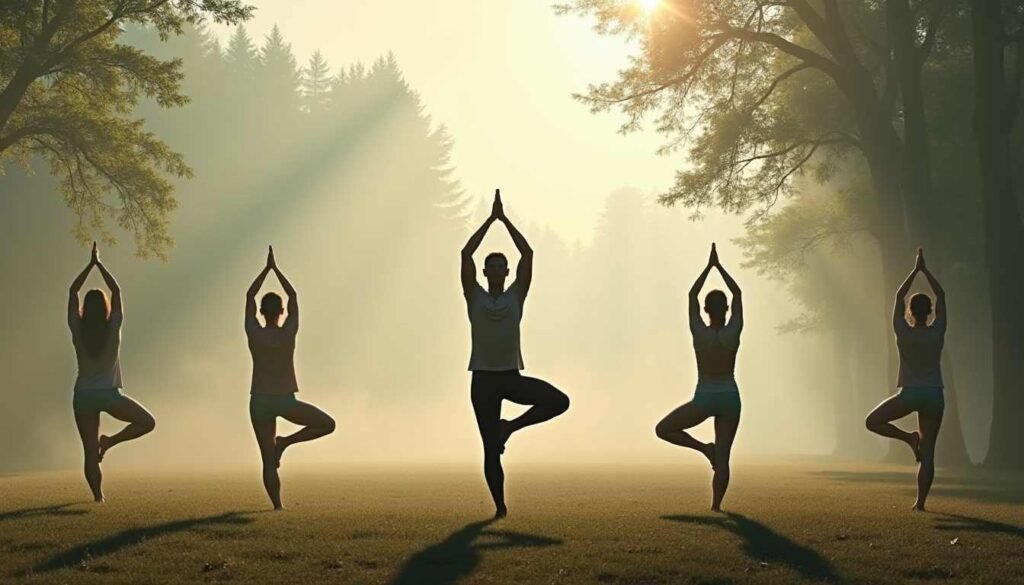
Yoga and Movement
Yoga and chakra work go hand in hand. Each pose can open or support a specific chakra, especially when practiced with intention.
- Root chakra: Try standing poses like Warrior I or Mountain pose to build stability.
- Sacral chakra: Hip openers like Pigeon or Bound Angle are great here.
- Solar plexus: Twists and core work, like Boat pose, help ignite your inner fire.
- Heart chakra: Camel pose, Cobra, or even a simple chest opener with your arms wide can be deeply releasing.
- Throat chakra: Neck stretches, Fish pose, or Lion’s Breath can help clear the way.
- Third eye: Forward folds and stillness support introspection.
- Crown chakra: Meditation poses and Savasana encourage openness and surrender.
You don’t need to do a full flow. Even five or ten minutes of mindful movement can shift your energy in noticeable ways.
Crystals and Colors
For some, holding a crystal or surrounding themselves with certain colors can enhance chakra balancing. While this may feel a little “out there” at first, think of it like adding another layer to your environment—something that cues your mind and body toward balance.
Here’s a quick guide:
- Red (Root): Red jasper, hematite
- Orange (Sacral): Carnelian, orange calcite
- Yellow (Solar Plexus): Citrine, tiger’s eye
- Green or pink (Heart): Rose quartz, green aventurine
- Blue (Throat): Sodalite, blue lace agate
- Indigo (Third Eye): Amethyst, lapis lazuli
- Violet or white (Crown): Clear quartz, selenite
Use them in meditation, keep them on your desk, or just hold one in your hand during quiet moments. Don’t overthink it. Go with what feels good.
Sound and Mantras
Sound is another powerful way to work with energy. Each chakra has a corresponding mantra, and chanting these can help activate and balance them.
The mantras are:
- Root: LAM
- Sacral: VAM
- Solar Plexus: RAM
- Heart: YAM
- Throat: HAM
- Third Eye: OM
- Crown: Silence or OM
Chanting might feel odd at first, especially if you’re not used to hearing your own voice this way. But the vibrations created in your body can help unlock tension and build awareness. If chanting isn’t your thing, listening to binaural beats or singing bowls can also support this kind of work.
Essential Oils and Aromatherapy
Scent has a direct line to the nervous system. Using essential oils can create a calming space for chakra work or help deepen your focus.
Here are a few ideas:
- Root: Patchouli, vetiver, cedarwood
- Sacral: Ylang ylang, sweet orange
- Solar Plexus: Lemon, ginger, peppermint
- Heart: Rose, geranium, bergamot
- Throat: Eucalyptus, chamomile
- Third Eye: Clary sage, rosemary
- Crown: Lavender, frankincense
Use a diffuser, roll oils on your wrists, or simply inhale from the bottle before meditation. Let scent be a gentle cue to drop into the present.
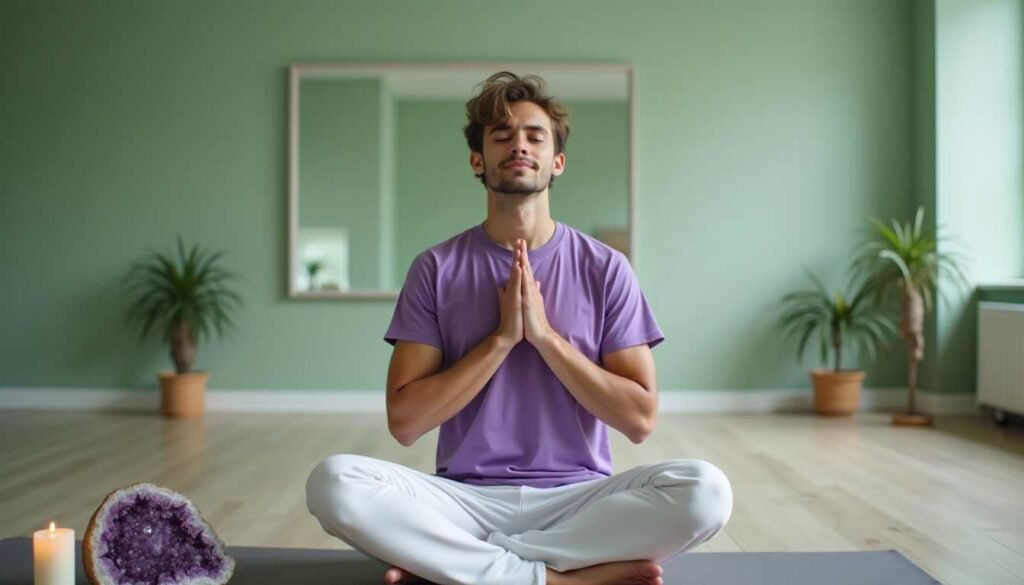
Making Chakra Work Part of Your Day
You don’t need a full 90-minute ritual to benefit from chakra balancing. Most days, I keep it really simple. A two-minute check-in during my morning routine or a short breathing practice before bed can be enough.
Try starting with a daily scan: close your eyes, breathe deeply, and mentally move from your root to your crown. Ask yourself where energy feels strong, and where it might feel stuck. Over time, you’ll start noticing patterns that help guide your focus.
Some people keep a chakra journal to track how each one feels throughout the week. This can reveal helpful insights, like how stress impacts your throat chakra or how a weekend in nature strengthens your root.
When to Seek Extra Support
Sometimes, chakra work opens emotional layers that are deeper than expected. If that happens, you’re not doing it wrong—it just means you’re paying attention.
You might benefit from working with:
- A Reiki practitioner for energy healing sessions
- A yoga teacher who specializes in chakra work
- A therapist who integrates body-mind techniques
These guides can help you interpret what you’re feeling and give you tools to continue the work on your own. You don’t need to go it alone if you don’t want to.
Final Thoughts
Chakra balancing isn’t about perfection. It’s about building awareness and tending to your energy the way you’d care for your physical health or emotional well-being.
Some days, you’ll feel clear and open. Other days, you might feel completely off. That’s okay. This practice is about showing up, noticing, and adjusting gently.
Whether you see chakra work as spiritual, practical, or somewhere in between, what matters most is that it feels supportive to you. Let your curiosity lead. Keep it simple. And remember—balance is something you return to, not something you force.



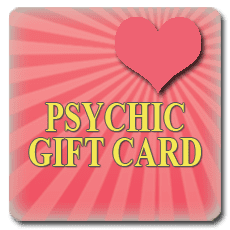



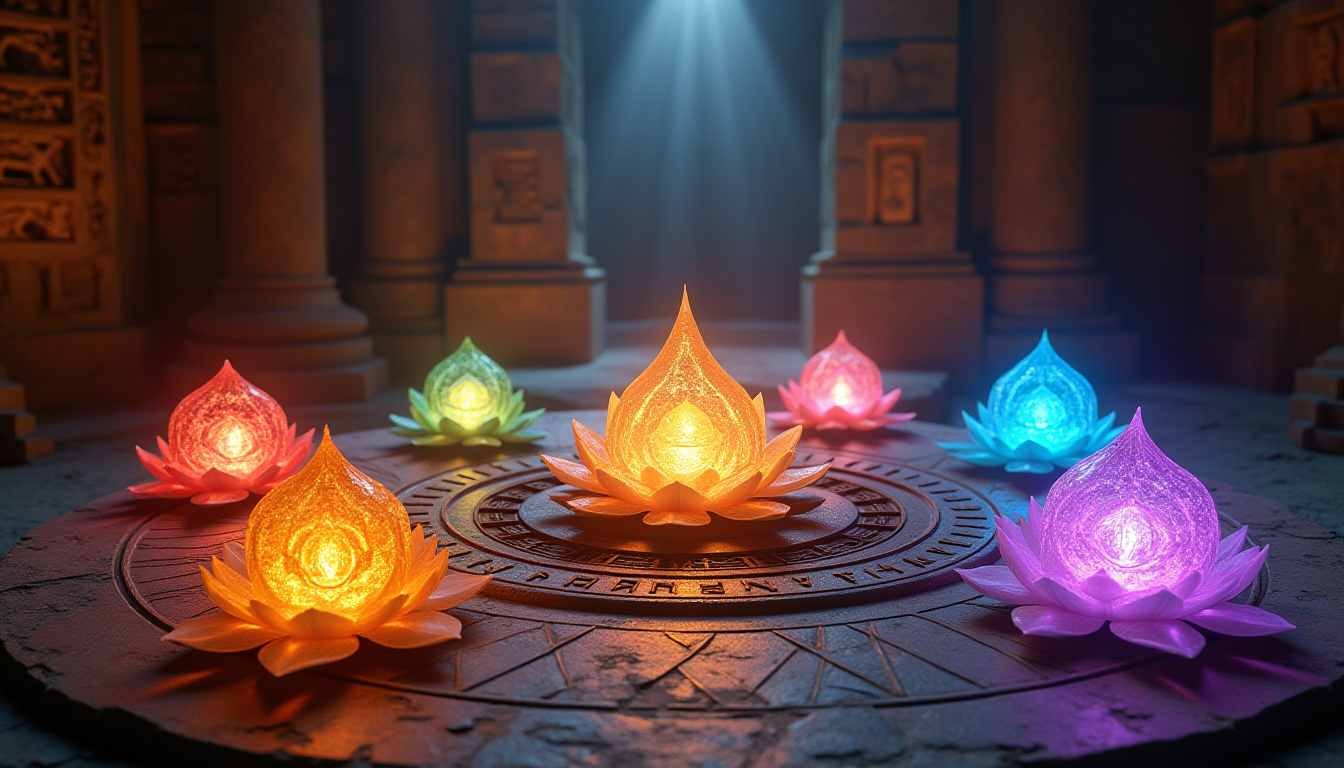
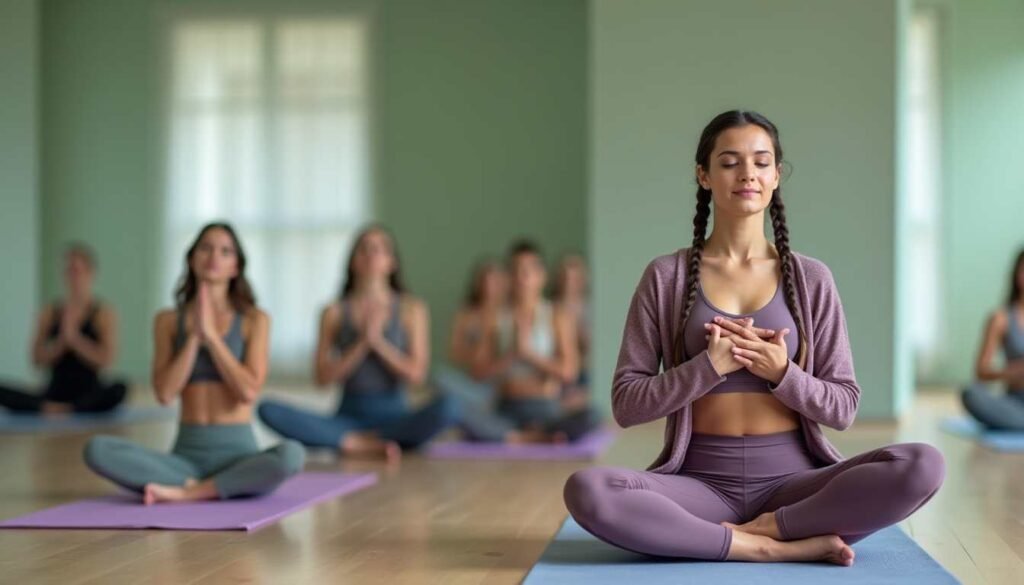
0 Comments